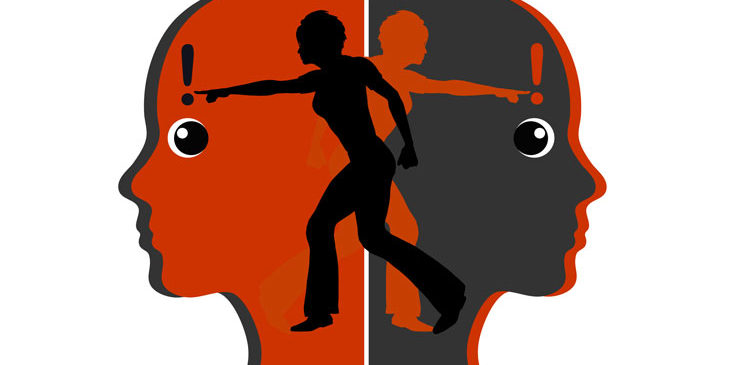Social norms serve as the invisible architecture that shapes human behavior across all levels of society, from intimate family dynamics to vast national cultures.
While often operating beneath conscious awareness, norms create predictability in social interactions, foster group cohesion, and enable cooperation by establishing mutual expectations among members. Yet, despite their power to organize collective behavior and maintain social order, norms alone prove insufficient for resolving complex social dilemmas.
What Are Norms?
Norms are a “group’s rules of order,” and influence “member’s thoughts, feelings, and actions”, according to Donelson Forsyth in ‘Group Dynamics’. Norms, a “fundamental element of social structure”, are the accepted and internalized beliefs, communication practices, customs, knowledge, language, rules, and consensual, regulatory, behavioral standards that “combine to form a group’s culture”.
Characteristics & Varieties Of Norms
The following table is slightly modified from that presented by Forsyth on the characteristics and varieties of norms. According to Forsyth, norms are categorized as: descriptive, consensual, injunctive, prescriptive, proscriptive, informal, implicit, self-generating, or stable.

Shared Standards For Group Behavior
The behaviors of members of groups of all sizes, from the family unit to the sovereign nation, are regulated by those norms that dictate what is/isn’t socially acceptable within that group.
As norms are both consensual and internalized, they become “taken-for-granted elements of the group’s stable structure”, as said by Donelson Forsyth, ‘Group Dynamics’. According to Aarts, Dijksterhuis & Custers, norms are “learned by associating normative behavior.” – ‘Automatic Normative Behavior In Environments’. And, according to Muzafer Sherif in ‘In Common Predicament’, norms, like trust, take time to develop and emerge gradually as “group members’ behaviors, judgments, and beliefs align” and become internalized.
How Do Norms Regulate Group Behavior?
By tending to resist revisions, social norms organize interactions, increase predictability, enhance solidarity, and direct human action in specific environments without conscious intent or even awareness.
According to Donelson Forsyth, as they are group standards, norms “provide direction and motivation, organize social interactions, and make other people’s responses predictable and meaningful.” He continues, “Each group member is restrained to a degree by norms, but each member also benefits from the order that norms provide.” – ‘Group Dynamics’. And, according to Aarts, Dijksterhuis & Custers, “Our thinking and doing moves in the direction to what we believe other people expect from us. This tendency to conform to social norms is an essential mechanism by which social behavior evolves.” – ‘Automatic Normative Behavior In Environments’
Final Thoughts
Clearly, norms are implicit, self-generating, stable, and shared standards for group behavior. While one must admit that norms are an essential component of group structure (as are roles and networks of relationships among members) as internalized standards, norms are not sufficient to unravel well-known social dilemmas such as the “Prisoner’s Dilemma” and the “The Stag Hunt”. It is only through the external enforcement of group norms that tragedies of the commons can be sustainably resolved.
As said by Elinor Ostrom: “When given an opportunity to communicate, craft their own rules, and sanction nonconformance to these rules… Through their own efforts, groups achieve close to optimal results. Those [groups] who forego such an opportunity are not able to sustain a high level of performance…” – ‘Understanding Institutional Diversity’
Thanks for reading!
